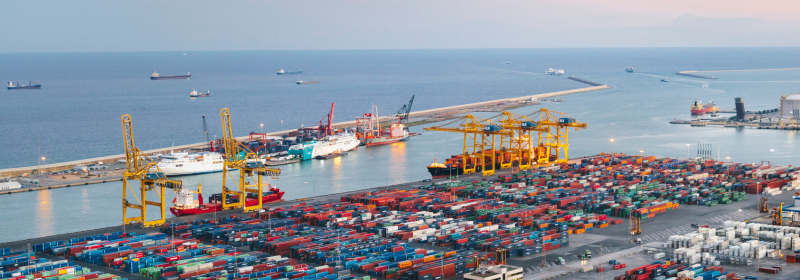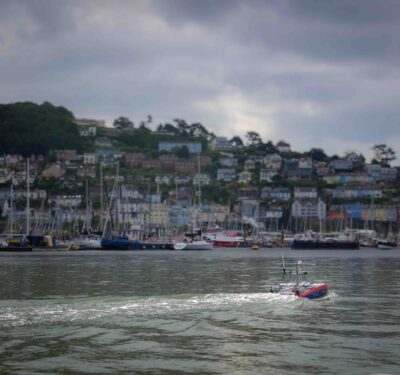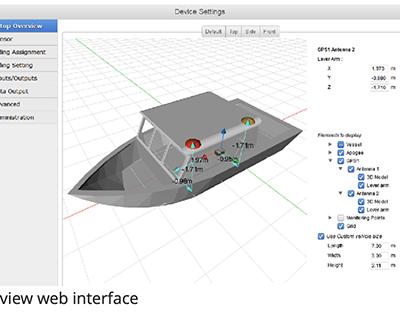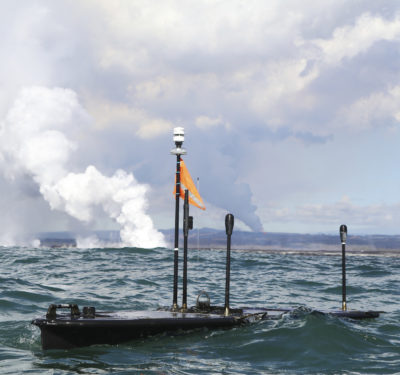With the aim of improving and reinforcing the security of ports and their entry routes, Indra has launched the European SMAUG (Smart Maritime and Underwater Guardian) RDI project, as part of the European Union’s Horizon Europe program.

The company heads the consortium of entities from seven European countries that will work together to improve the underwater detection of threats and illicit trafficking.
Over 80% of world trade is conducted by sea, and the continuous movement of vessels requires port security processes to be robust and effective, especially for monitoring and detecting legal and illegal activities at ports, in coastal areas and on borders. Geopolitical tensions are also turning the bottom of the oceans into sensitive terrain that needs to be protected.
Within this context, the SMAUG project seeks to detect, track and monitor potentially illegal and harmful movements and products entering EU ports and coasts by means of an integrated system based on Indra’s iSIM solution, which combines security management, advanced underwater detection systems and surveillance vessels.
More specifically, underwater threats are detected and located using four main methods. The first method is acoustic detection, in which a series of hydrophones listen for sounds emitted by small autonomous underwater vehicles. Secondly, a sonar performs a quick scan of the hull and the bottom of the harbor. The third method of underwater detection is high-resolution sonar inspection, which is used to inspect objects in water with poor visibility. Finally, collective autonomous location is employed, whereby a coordinated swarm of autonomous underwater vehicles act cooperatively.
These systems, supported by artificial intelligence, can more effectively detect unlawful and dangerous goods and/or threats hidden beneath the surface of the water. SMAUG will thus make a significant contribution to maritime security by improving the protection of infrastructures and vessels and the detection of vessels, including narco-submarines, suspected of conducting illegal or potentially dangerous activities.
As the leader of the SMAUG project, Indra brings its expertise in developing advanced algorithms for processing underwater sound and images, applying artificial intelligence for early detection of objects and threats. Additionally, it contributes its capabilities in the field of security for port infrastructure and maritime transport, providing solutions that enhance protection in complex maritime environments.
Its iSIM solution acts as a core for integration and analysis, unifying and processing data from physical security systems such as hydrophones, underwater scanners, drone swarms, and autonomous vehicles, along with satellite surveillance systems. It also takes information from port management systems, enabling a global and interoperable view that optimizes security, operational efficiency, and real-time decision-making.
International cooperation
Juan Román Martínez, the head of Indra’s SMAUG project, emphasized that ”this project means significant progress in maritime security, as it reinforces safety and promotes international cooperation in the fight against illicit activities in the maritime environment”.
With a budget of almost six million euros, the SMAUG RDI project involves a highly experienced consortium made up of 22 partners, including universities, research centers, SMEs, law enforcement agencies, public authorities, coast and border guards and private organizations from seven EU countries (Estonia, France, Germany, Greece, Italy, Norway and Spain).
Among its capabilities, SMAUG is being prepared to achieve interoperability with the Common Information Sharing Environment (CISE), in order to help create a political, cultural, legal and technical environment that allows exchanges of information between the surveillance systems of the member States of the European Union (EU) and the European Economic Area (EEA). Thus, all of the authorities from the different sectors involved in port and maritime settings could have access to any additional classified and unclassified information required to perform missions at sea.





